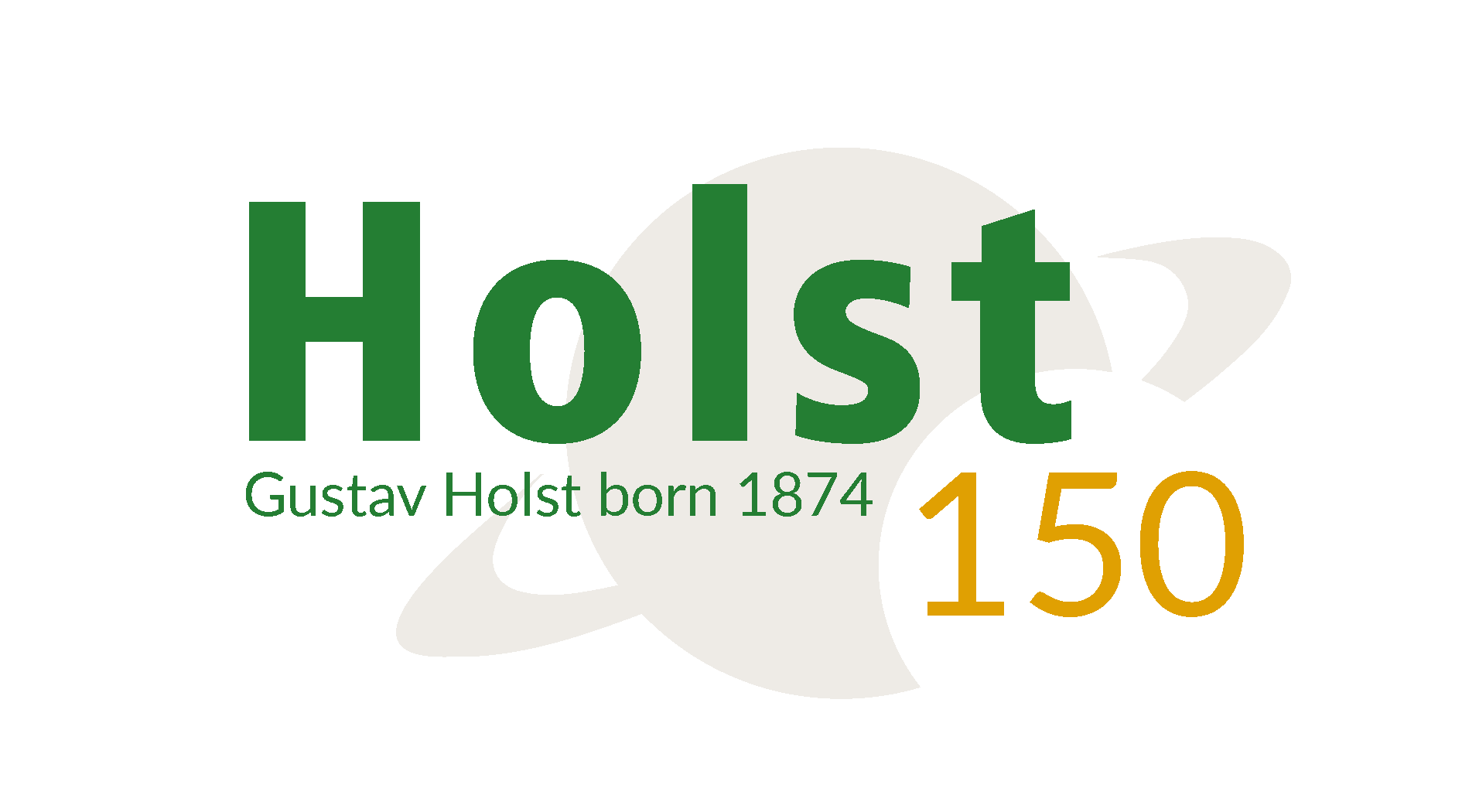By Raymond Head
On 19th November 2016 Holst’s magisterial but sadly neglected major choral and orchestral work The Cloud Messenger (1903-1910) was thrillingly performed by the Tonbridge Philharmonic and Choral Society under their enterprising conductor Matthew Wilks, with mezzo-soprano Linda Finnie. This was the first time it has been performed since the 1930s.
The Indian story by Kalidasa concerns a servant who has been dismissed from the services of his master for a misdemeanour. Far away in a field he is working and sees a cloud pass overhead and he wished it to take a ‘message’ of undying love to his wife.
At this time Holst was a recently married, very passionate composer – a true late Romantic, hence the Wagnerian chromaticism and use of leitmotifs. But already we hear seeds of change in his thinking. As a whole the structure is lapidary rather than symphonic, an idea with which he was to achieve mastery in the Hymn of Jesus. There are leitmotifs for ‘the cloud’, the yearning servant represented at the beginning by a soulful bassoon solo, and the journey of the cloud – all of which are introduced in a long orchestral prologue.
Throughout there are tremendous climaxes for choir and orchestra, especially at the first entry “O Cloud!” and everywhere there is already evidence of Holst’s mastery of clear orchestration. The work abounds in tri-tonal melodic lines, endless changes of tonality, canonic entries for the choir but little counterpoint. Counterpoint would have obscured the words and Holst was most concerned that the story should be clearly told: very often the rhythms of the words determine the texture. This led Holst to develop an un-English directness in his choral writing as can be heard in ‘The Message’. The one drawback is the mezzo soloist’s part which seems to be relatively inconsequential and unnecessary.
Why has this work not been heard for many decades? The answer seems to be that there was no score available! In 1912 a vocal score had been published ahead of the first performance in 1913, but there was no published full score. The work was performed many times during the 1920s and 30s from a manuscript, but in the early 70s the manuscript was sold to a collector at Yale and then this fact was forgotten. It was left to the indefatigable Christopher Palmer to arduously assemble a score from the parts for Richard Hickox’s recorded performance in 1990.
So now everyone can perform it.
November 2016
(Note: this is a slightly edited version of Raymond’s original review for Musical Opinion)



